Essential Maintenance Tips for Preserving Your Log Cabin for Longevity
Owning a log cabin is a dream for many, offering a cozy retreat surrounded by nature. However, maintaining a log home requires ongoing care to ensure it remains strong, beautiful, and structurally sound for decades. Regular upkeep can prevent costly repairs and preserve the rustic charm of your cabin. This guide will provide essential maintenance tips to keep your log cabin in top condition.
1. Regular Inspections: Catch Issues Early
Routine inspections are crucial in identifying potential problems before they worsen. At least twice a year, walk around your cabin to check for signs of damage, including:
Cracks or gaps in the logs
Water stains or mold growth
Soft or decaying wood
Evidence of insect infestations
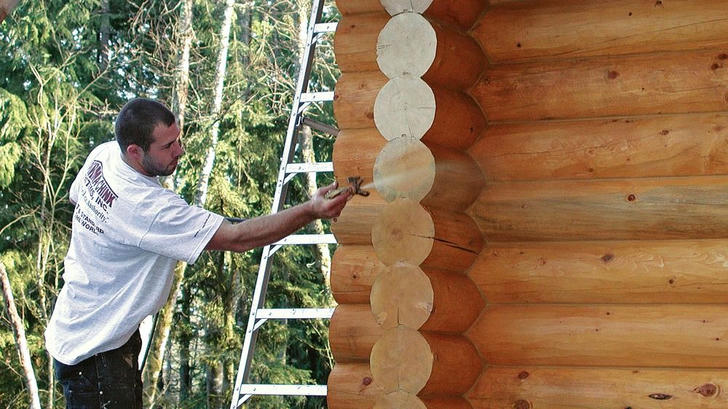
2. Sealing and Staining: Protecting Against Moisture and Sun
Log cabins are highly vulnerable to moisture damage, which can lead to rot, mold, and mildew. Sealing and staining your cabin protects the wood from water penetration and UV rays.
Sealing: Use a high-quality log cabin sealant to fill cracks and gaps. This prevents water from entering the logs and causing decay.
Staining: Apply a UV-resistant stain every 3-5 years to protect the wood from sun exposure, which can cause fading and cracking.
Additional Tips:
Choose breathable stains that allow moisture to escape while protecting the wood.
Test a small area before applying stain to ensure it complements your cabin’s aesthetic.
Schedule staining in dry weather to allow proper drying and absorption.
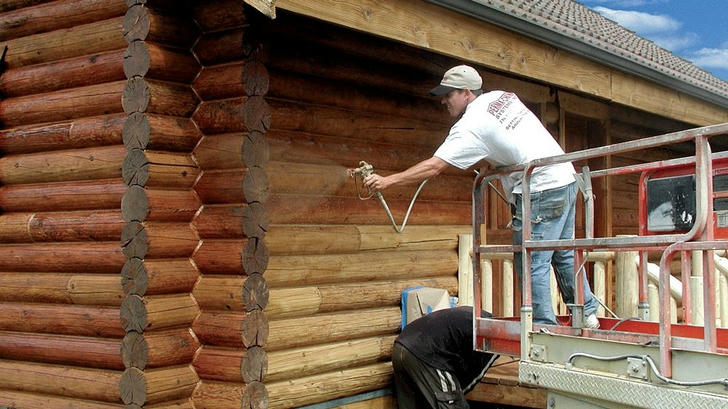
3. Preventing and Treating Insect Infestations
Pests like termites, carpenter ants, and beetles can destroy the structural integrity of your cabin. Preventive measures include:
Applying borate treatments to deter insects
Keeping firewood and debris away from the cabin
Checking for sawdust-like residue, which indicates pest activity
Real Example:
A log cabin owner in North Carolina noticed small piles of sawdust near the base of their walls. Upon closer inspection, they found a carpenter ant infestation. They hired a professional to treat the logs and implemented a regular pest control routine, saving their home from severe structural damage.
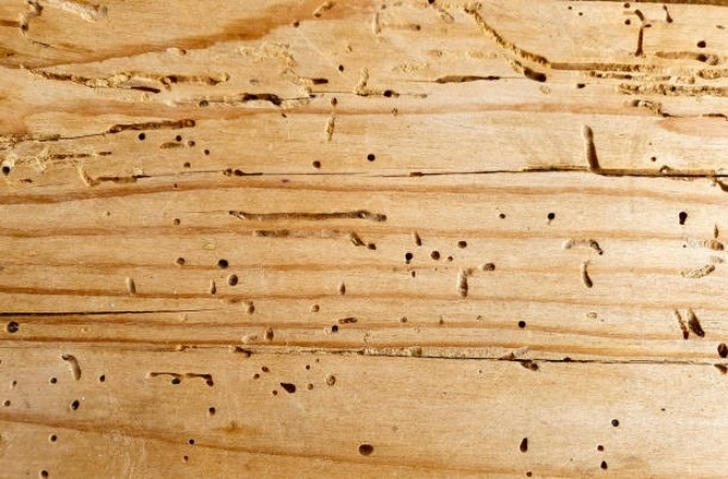
4. Gutter Maintenance: Managing Water Runoff
Water pooling near your cabin can lead to foundation damage and wood decay. Keep your gutters clear and ensure downspouts direct water away from the structure. Consider adding a gravel drainage system around the base of your cabin.
Additional Tips:
Install gutter guards to prevent debris buildup.
Extend downspouts at least five feet away from your cabin.
Check for leaks or sagging in your gutter system after heavy storms.
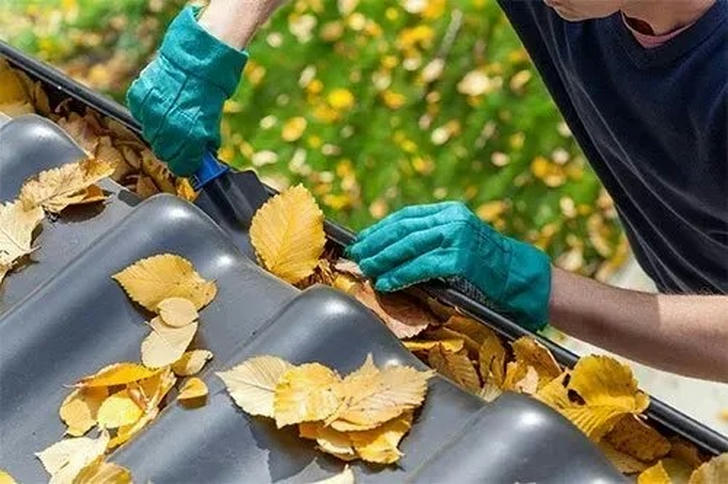
5. Managing Vegetation Around Your Cabin
Overgrown trees and shrubs can trap moisture and provide easy access for pests. Keep vegetation trimmed and ensure at least a few feet of clearance between your cabin and nearby plants.
Real Example:
A log cabin in Tennessee was suffering from frequent mold growth. The owners realized thick bushes were blocking airflow, keeping the walls damp. After trimming the vegetation, the moisture problem significantly decreased.
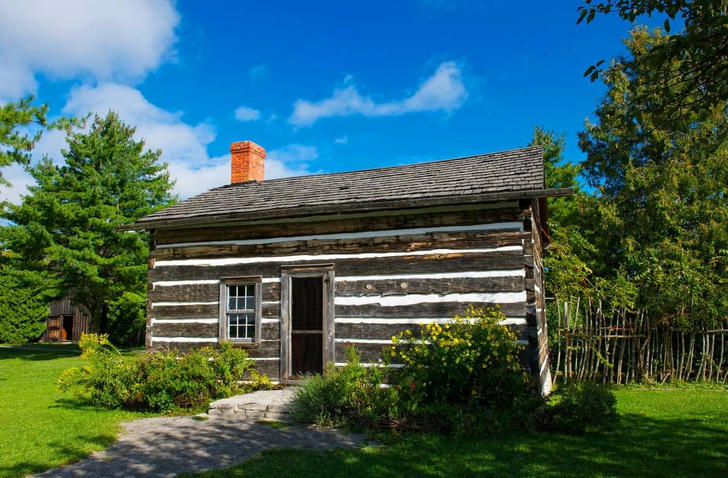
6. Addressing Foundation and Roof Issues
The foundation and roof are critical to your cabin’s longevity. Regularly check for:
Cracks in the foundation
Loose or missing shingles
Signs of leaks in the attic or ceiling
Real Example:
A log cabin owner in Montana ignored a small roof leak, thinking it was minor. Within a year, the water had caused significant interior damage. A timely roof inspection and minor repair could have prevented costly restoration work.
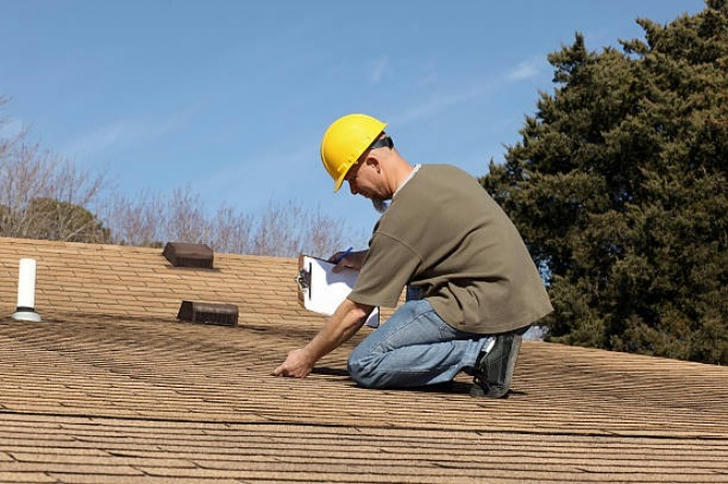
7. Interior Maintenance: Keep Your Cabin Cozy and Functional
While exterior maintenance is crucial, interior upkeep ensures comfort and longevity.
Check for drafts: Seal windows and doors to prevent heat loss in winter.
Monitor humidity levels: Use a dehumidifier to keep indoor humidity between 35-50% to prevent wood shrinkage and expansion.
Inspect plumbing: Avoid frozen pipes by insulating exposed pipes in cold climates.

8. Seasonal Maintenance Checklist
To simplify cabin upkeep, follow a seasonal maintenance schedule:
Spring:
Check for winter damage (roof, gutters, and logs).
Reapply stain or sealant if needed.
Trim vegetation around the cabin.
Summer:
Inspect for insect infestations.
Test and clean HVAC systems.
Ensure proper ventilation in attic spaces.
Fall:
Clean gutters before heavy rains.
Check for air leaks around doors and windows.
Prepare plumbing for freezing temperatures.
Winter:
Monitor indoor humidity levels.
Keep pathways clear of ice and snow.
Inspect the roof after heavy snowfall.
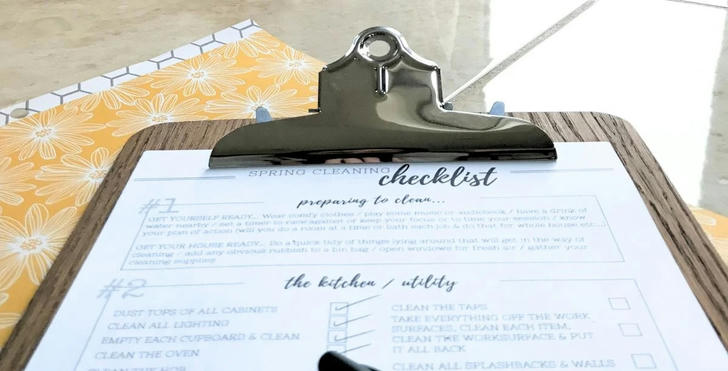
9. Advanced Maintenance: When to Call a Professional
While many cabin maintenance tasks can be handled by homeowners, certain issues require expert attention:
Structural damage: If logs show deep cracks, severe rot, or insect infestation beyond surface-level treatment, a professional should assess and repair them.
Chimney and fireplace maintenance: Creosote buildup can lead to chimney fires. Have your chimney inspected and cleaned annually.
Electrical and plumbing repairs: If you notice frequent power issues, flickering lights, or leaking pipes, it's best to consult a professional to prevent costly damage.
Real Example:
A family in Colorado attempted to repair a leaking roof themselves. Unfortunately, they used the wrong sealant, causing further water damage. After hiring a roofing specialist, they realized professional-grade materials and expertise were necessary. Now, they consult an expert for major repairs while handling routine maintenance themselves.
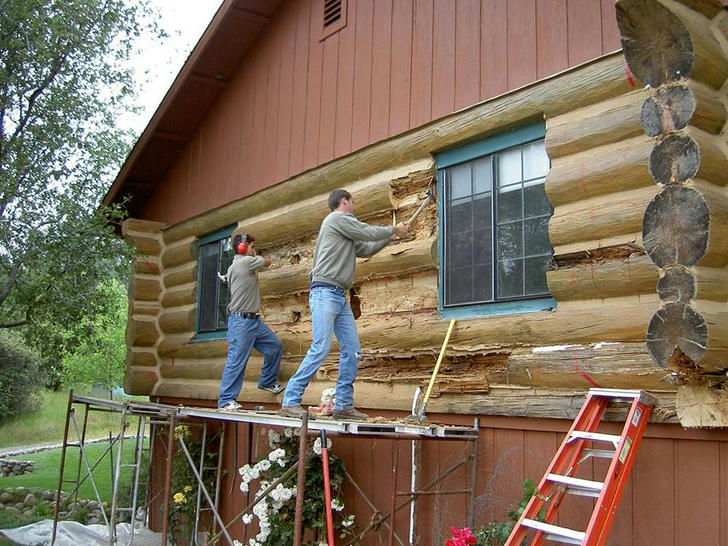
Conclusion
Maintaining your log cabin doesn’t have to be overwhelming. By following these simple steps—regular inspections, sealing and staining, pest control, gutter maintenance, vegetation management, foundation care, and interior upkeep—you can protect your investment and enjoy a cozy, rustic retreat for generations. A little prevention goes a long way in keeping your log cabin strong and beautiful.
